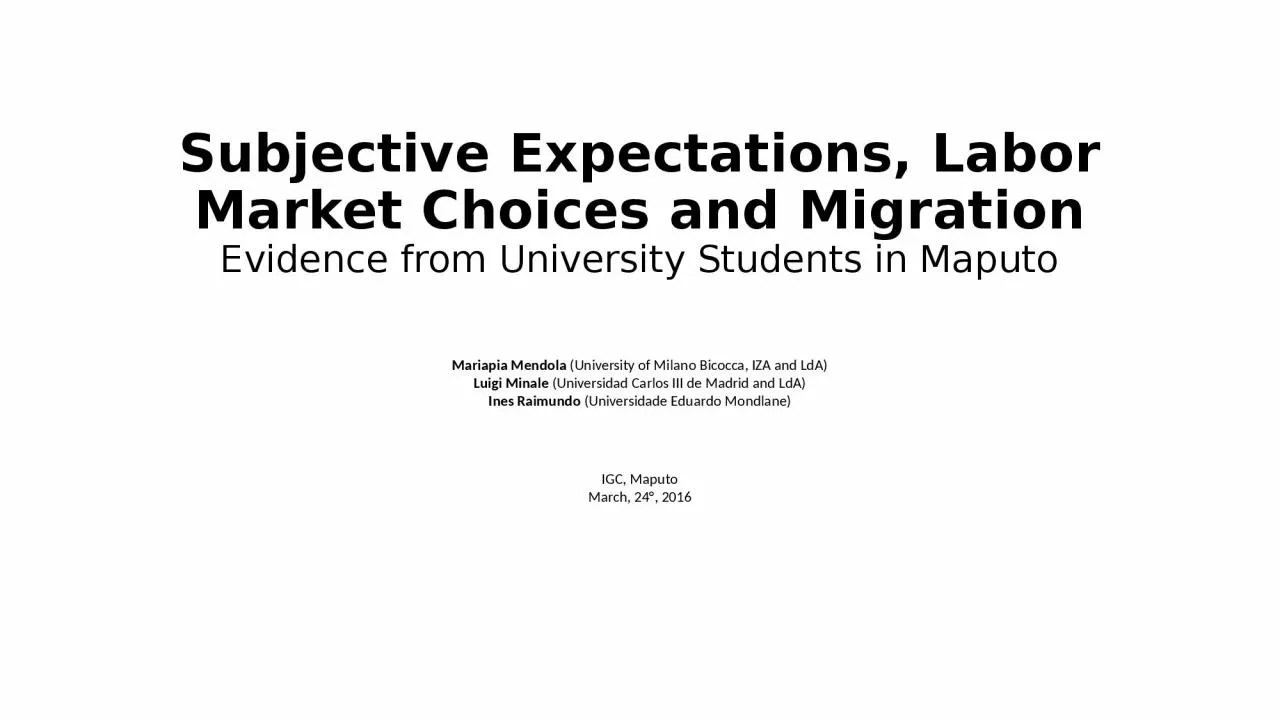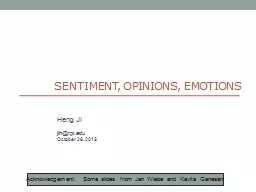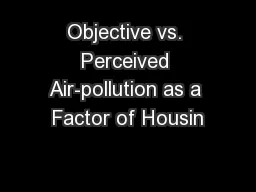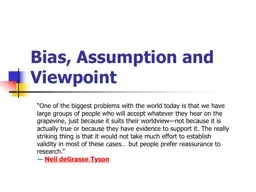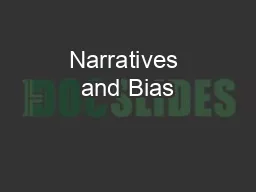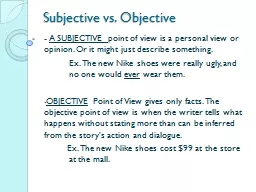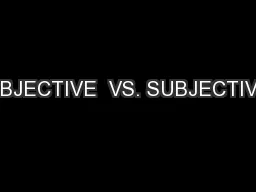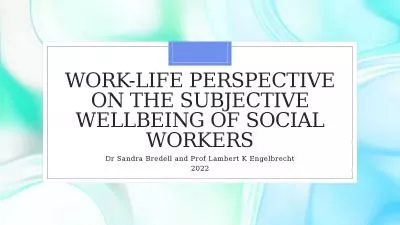PPT-Subjective Expectations
Author : RockOn | Published Date : 2022-07-28
Labor Market Choices and Migration Evidence from University Students in Maputo Mariapia Mendola University of Milano Bicocca IZA and LdA Luigi Minale Universidad
Presentation Embed Code
Download Presentation
Download Presentation The PPT/PDF document "Subjective Expectations" is the property of its rightful owner. Permission is granted to download and print the materials on this website for personal, non-commercial use only, and to display it on your personal computer provided you do not modify the materials and that you retain all copyright notices contained in the materials. By downloading content from our website, you accept the terms of this agreement.
Subjective Expectations: Transcript
Download Rules Of Document
"Subjective Expectations"The content belongs to its owner. You may download and print it for personal use, without modification, and keep all copyright notices. By downloading, you agree to these terms.
Related Documents

